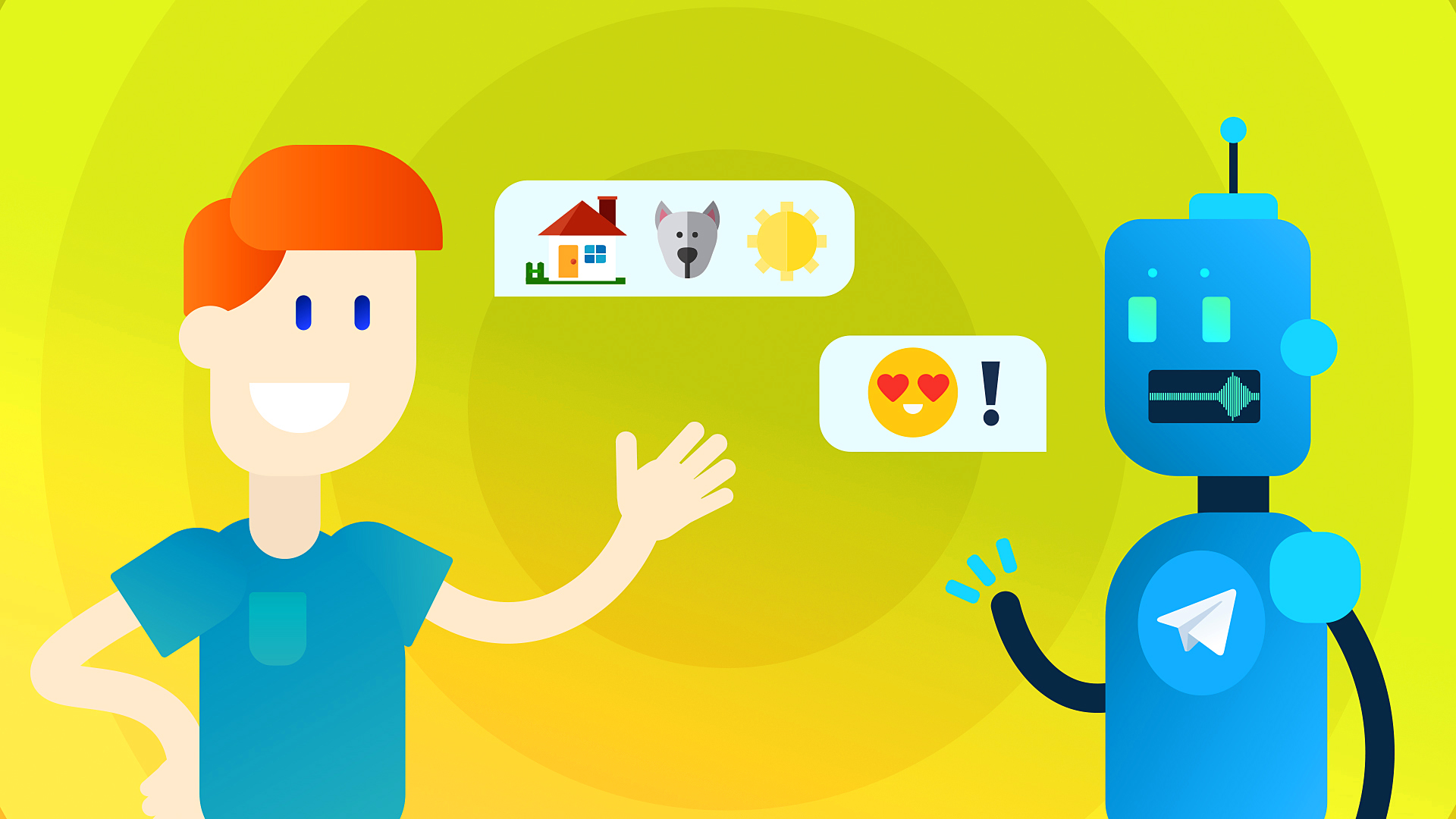
Artificial intelligence is increasingly being used in various spheres, with educational processes becoming intensely integrated with high technologies. Neural networks for children make learning much more interesting and comfortable, opening new opportunities and allowing every child to fully unlock their abilities. This article discusses how neural networks can be used for children and what the future prospects are.
Do Neural Networks for Kids Exist
The optimal age for exploring the possibilities of neural networks is from 7 years old. School-aged children have already developed logical thinking and can try their hand at training artificial intelligence. This activity is not only fascinating but also very beneficial for developing logic and critical thinking skills.
The list of the best neural networks for kids includes websites like:
- Machine learning for kids. This site was created for schoolchildren. They master the skills of training artificial intelligence through text, sounds, numbers, and images. Users are offered to refine existing models, making their adjustments for a new high-tech solution.
- Experiments with Google. This website allows for various online experiments at any time and place. It increases the visibility of the learning process for schoolchildren and students. Also, this platform can be used to play and test the capabilities of machine intelligence.
- Cognimates. On this platform, kids create games, program robots, and even train their own AI models.
Why Are They Needed
The incorporation of neural networks into education is still in its infancy but has vast potential. AI helps to elevate the quality and efficiency of learning to a new level, particularly for elementary school students.
Here is how neural networks assist schoolchildren in acquiring knowledge and perfecting skills:
- AI-based programs can very precisely analyze a student’s performance at school and identify gaps in knowledge. Thus, teachers can apply a personal approach to each student: focus on trouble areas, assign tasks appropriate to their level of understanding. Studying at their own comfortable pace, students learn more efficiently.
- Artificial intelligence can be used to automate many routine processes, freeing up a lot of time for teachers, such as checking tests and homework. Teachers can then dedicate this time to hands-on classes with the children.
- AI-based services can take on tutor functions. They explain difficult material with detailed examples, discuss ways to solve problems, answer questions, and help with homework. For many kids, studying with a virtual assistant is more comfortable than interacting with a person. For example, a student might be shy to ask the same question repeatedly if they don’t understand the explanation the first time. With AI, this is not a problem.
Neural Networks for Teaching Children
Among the best neural networks for learning, the following can be highlighted:
- Yandex GPT. A Yandex neural network that operates on the ChatGPT principle. Its capabilities include generating texts on a given topic, writing code, translating, searching data online, communicating with people, and more.
- Writefull. This neural network integrates into a text editor to check spelling and fix typos. The program’s capabilities allow structuring data, rephrasing sentences, and selecting titles for texts.
- MathGPT. The system quickly and accurately solves mathematical problems of varying complexity.
- Tome. This convenient online service for creating presentations requires users to describe the approximate content of the project and select the language. The program will create slides with corresponding images accompanied by text information.
- BlackBox. This online neural network for kids teaches programming. Twenty languages are available, including popular ones like Python and JavaScript.
Examples
The following are examples of using neural networks in education:
- Personalization of the educational process. AI creates a program adapted to the student’s level of knowledge and abilities.
- A virtual assistant can further explain material that a student didn’t grasp during the lesson.
- AI contributes to the development of language skills. Engaging in interactive tasks, children learn to read, write, and narrate correctly.
- Programs based on machine intelligence help develop creative skills and maintain an interest in the arts.
- AI increases students’ interest in their classes. For this purpose, an element of gaming is introduced into the learning process, with virtual rewards given for achievements.
Useful Tips
Neural networks are becoming an integral part of our lives. But their incorporation into education should be approached cautiously, maintaining a balance between innovative and traditional methodologies. This requires active adult participation in the educational process, strict regulation of the time schoolchildren spend online, and developing the ability to think critically and analyze information.

